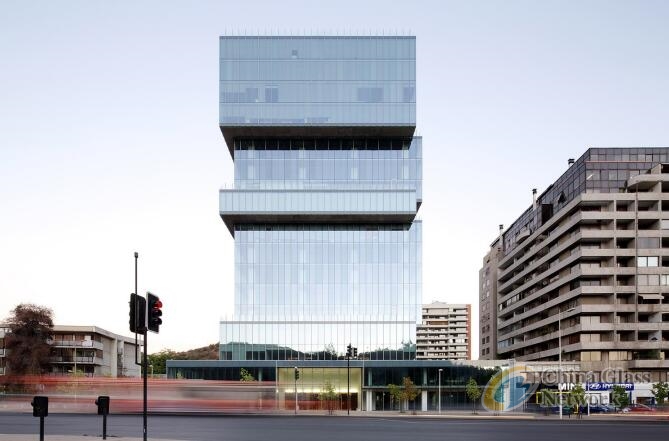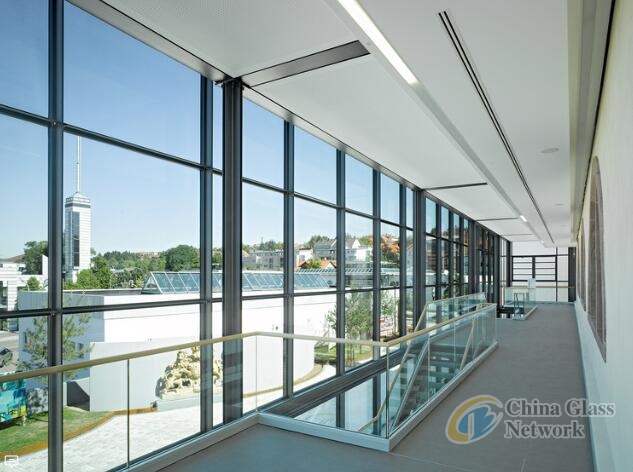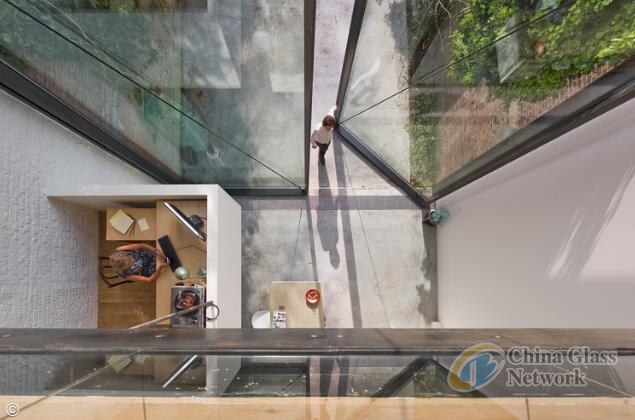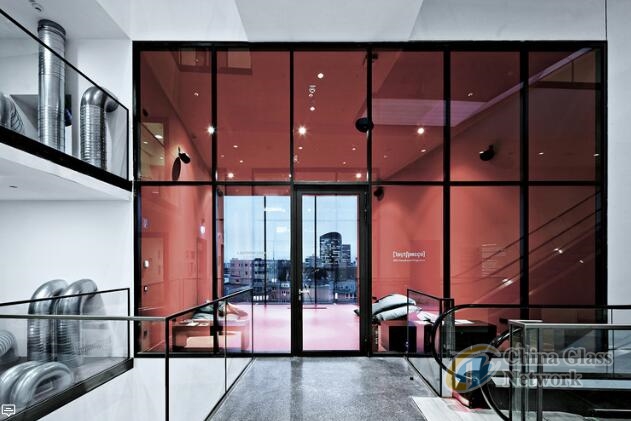Post Time:Jun 24,2019Classify:Industry NewsView:3266
Today, improvements in glass processing technology have made it possible to render specific and effective solutions for a wide range of architectural projects. In fact, there are so many options available that it's almost necessary to research different products and their properties, and how this will impact, for example, the windows and doors that you are designing.
What variables should be considered – and prioritized – when choosing the glass used in a project? How can aesthetics coincide with function and efficiency? We sat down with the experts at Cristales Dialum to delve into the complex world of glass and to better understand the hows and whys of choosing the best type of glass for your projects and ensuring the best results for your clients.

Glass panels are normally sold at a standard size of 2.5 x 3.6 meters. Starting at this size, the glass is cut to meet a project's specific needs. The glass can be basic and colorless or include elements that improve their thermal, visual, and acoustic qualities, as well as many others.
Although less-used, Jumbo glass panels, measuring approximately 5.0 x 3.0 meters, are also an option. At Dialum's processing plant in Santiago, Chile, one of the 10 most important plants in the world and one of the 5 most modernized in the Americas, they can produce panels measuring up to 6.0 x 3.3 meters, reaching almost 19 square meters and close to a ton of glass.
The panels surpassing 4.5 meters wide and 2.5 high could go so far as to be considered monumental glass.

Monumental Glass
Mainly used in first floors, reception areas, or Lobbies, Dialum's Monumental Panels produce impeccably seamless results thanks to their great size. To achieve this subtlety, it's essential to choose frames that can withstand the weight of the panels without dominating the structure. Aluminum is the most widely used in constructing frameworks thanks to its economical cost; however, for projects with glass panels measuring more than 6 meters high, the aluminum should be reinforced with steel, which adds to the size of the framework.
What material allows for slimmer frameworks while also being sturdy enough to withstand the weight of larger glass panels? Steel.

Metallic Frameworks
Wood was the first material used in carpentry. At the beginning of the 20th century, around the same time when industrialization and Rationalism began to shape architecture, steel became the go-to material for the construction of doors and windows, before being replaced by the emergence of new technologies like PVC and aluminum. Today, steel is back on top, having evolved to minimize its dimensions without losing its strength and durability.

Source: https://www.archdaily.com/918008/Author: shangyi